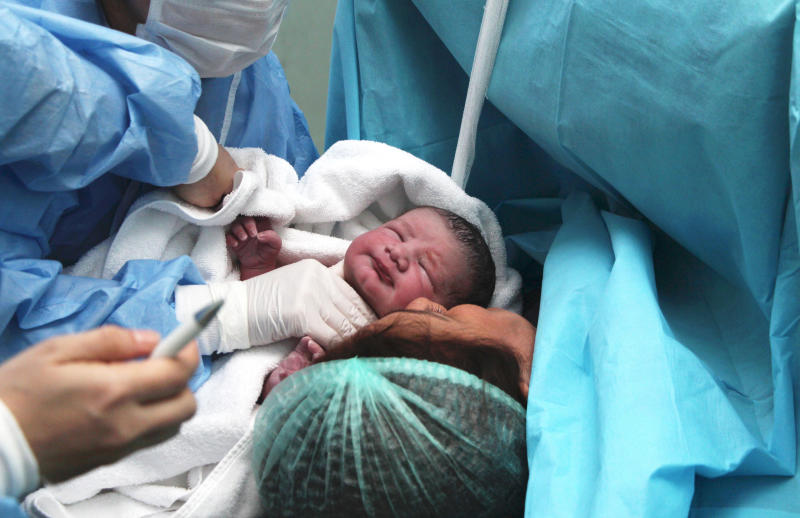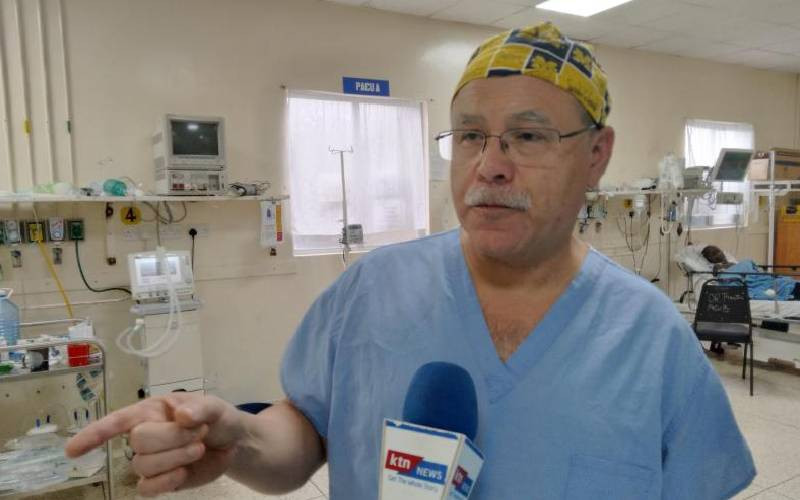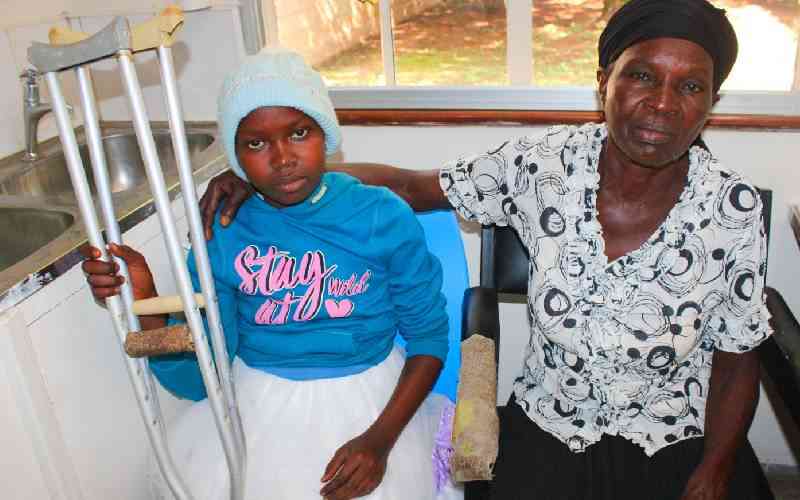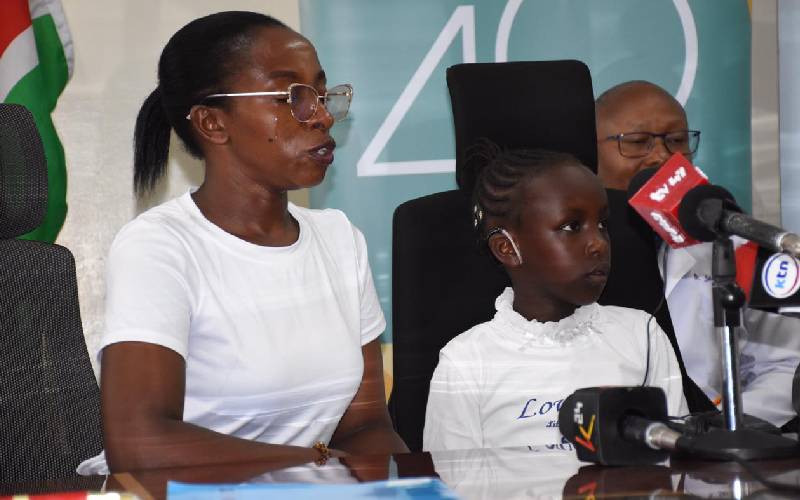
Pumwani Maternity Hospital is only one of five overstretched health facilities in Nairobi County where death of newborns is routine. In April and May, the Nairobi County Government published reports listing Nairobi as the most dangerous county for newborns in Kenya.
During the one-year study period, some 1,296 newborn deaths were recorded. An overwhelming number of the deaths occurred in only five facilities including Pumwani. The detailed survey of newborn health care services in Nairobi had been carried out by the County Department of Health, the Kenya Medical Research Institute and University of Oxford, UK.
The two studies gave a clear picture of the crisis facing newborns in Nairobi, reason for the high death rates and suggested what should be done.
Fifty per cent or about 10,000 newborns in Nairobi, the reports showed, do not access a facility with adequate resources to provide essential care. However, the studies praised Nairobi for having the highest, 88.7 per cent, of mothers delivering within a health facility compared to 61.2 per cent nationally. “Yet, the newborn death rate in Nairobi is considerably higher than elsewhere in Kenya,” wrote the authors.
The reports published separately in the scientific journals Plos One and BMC Medicine identified poor infrastructure, under-staffing, overwork and overcrowding as the main causes of newborn deaths in Nairobi hospitals including at Pumwani.
In some facilities, including Pumwani, one nurse was reported to be attending to up to 15 sick newborns and still caring for delivering women.
During the one year study period there were 12,202 admissions in 31 of all 34 health facilities offering 24/7 newborn care in Nairobi. Of these admissions the reports show 84 per were crowded in only five facilities, four of them including Pumwani being public hospitals. The other is a low cost mission facility.
“The four public hospitals reported bed occupancy of over 100 per cent, high death rates of up to 16.5 per cent and low nurse to patient rations of up to 15 patients for one nurse,” said the authors. When Vesca Kangogo and Mahat Jimale of the Nairobi County Health Department repeated the same or similar words on Monday, they were quickly suspended by Governor Mike Sonko for insubordination.
Kangogo said the deaths were a result of systemic and infrastructural challenges facing the facility and defended the hospital workers. Jimale had explained that the 11 controversial deaths had occurred over a seven-day period from September 11 to 17, which would translate to about 1.5 deaths per day.
This roughly means about 540 newborn deaths annually at Pumwani, the single largest maternity hospital by volume in the region.
Consequently the 1,296 deaths reported in the April study, with 92 per cent occurring in the five high volume facilities, may partially explain why recent happenings at Pumwani Maternity Hospital are routine.
The two studies had also pulled in experts from Mama Lucy Kibaki Hospital, Mbagathi District Hospital, the Ministry of Health and Dr Beth Maina from Pumwani Maternity Hospital.
The report says 44 per cent of the total newborns in Nairobi or 9,764 babies did not get health care while a further nine per cent or 2,026 attended substandard facilities.
“This suggests over 50 per cent of Nairobi’s sick newborns may not access a facility with adequate resources to provide essential care,” said the authors.
The team had mapped out all health facilities offering round the clock newborn care, including top private health care facilities in Nairobi. They identified 34 such facilities throughout the county, two medium size facilities declined to participate in the study while the Kenya Defense Forces Memorial Hospital was excluded from the survey. Consequently, the remaining 31 facilities participated in the survey. More than 80 per cent of maternal and newborn patients were found to patronise only five hospitals; four public for free facilities and one low cost mission hospital.
While for confidentiality the report does not publicly name the assessed institutions, Kenyatta National Hospital, Mbagathi District Hospital, Mama Lucy Kibaki, Pumwani and St Mary’s Mission Hospital are the most visited facilities in the city. Twenty one, mainly private facilities were found to be of poor quality, with no capacity to adequately treat even common newborn illnesses.
Such facilities lacked equipment, space and commodities and had inadequate staffing levels.
The report also captures the paradox of idle bed capacity mainly in private and faith based facilities compared to over admission in public hospitals offering free services. Despite the low number of patients in private facilities there were high rates of referrals between facilities in the country.
Most common referrals were from a private to a government facility mainly for patients who were not able to pay. The team also captured some underhand practices especially in the private hospitals including unnecessarily long hospital admissions.
They also found as many as, 2,605 babies with minor conditions being inappropriately admitted to the more expensive maternity and newborn units. “There may also be perverse incentives for admission to the newborn unit in facilities levying charges for such admission,” suggest the authors.
The team suggests for Nairobi to reduce newborn deaths it will require long-term multi-sectoral planning and huge investment.
 The Standard Group Plc is a multi-media organization with investments in media
platforms spanning newspaper print
operations, television, radio broadcasting, digital and online services. The
Standard Group is recognized as a
leading multi-media house in Kenya with a key influence in matters of national
and international interest.
The Standard Group Plc is a multi-media organization with investments in media
platforms spanning newspaper print
operations, television, radio broadcasting, digital and online services. The
Standard Group is recognized as a
leading multi-media house in Kenya with a key influence in matters of national
and international interest.











